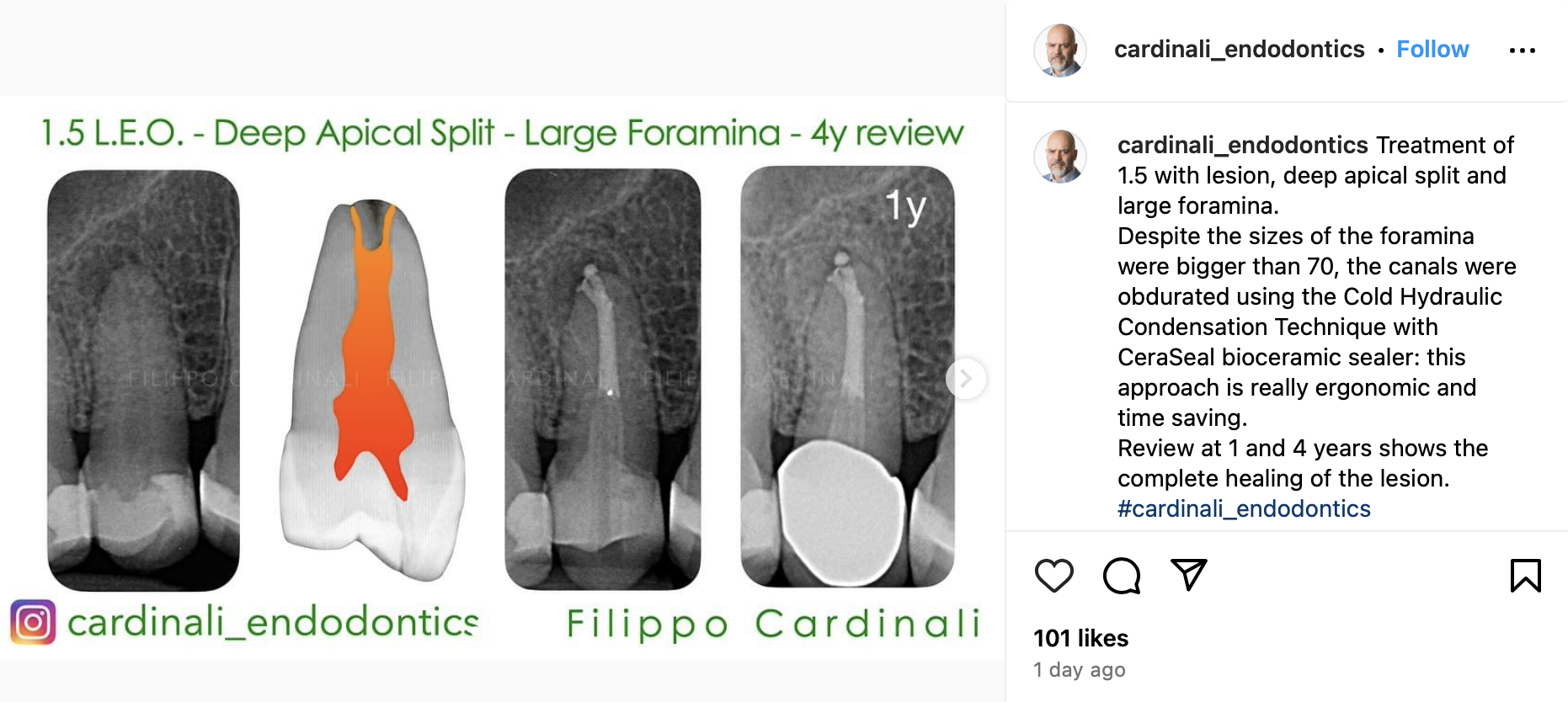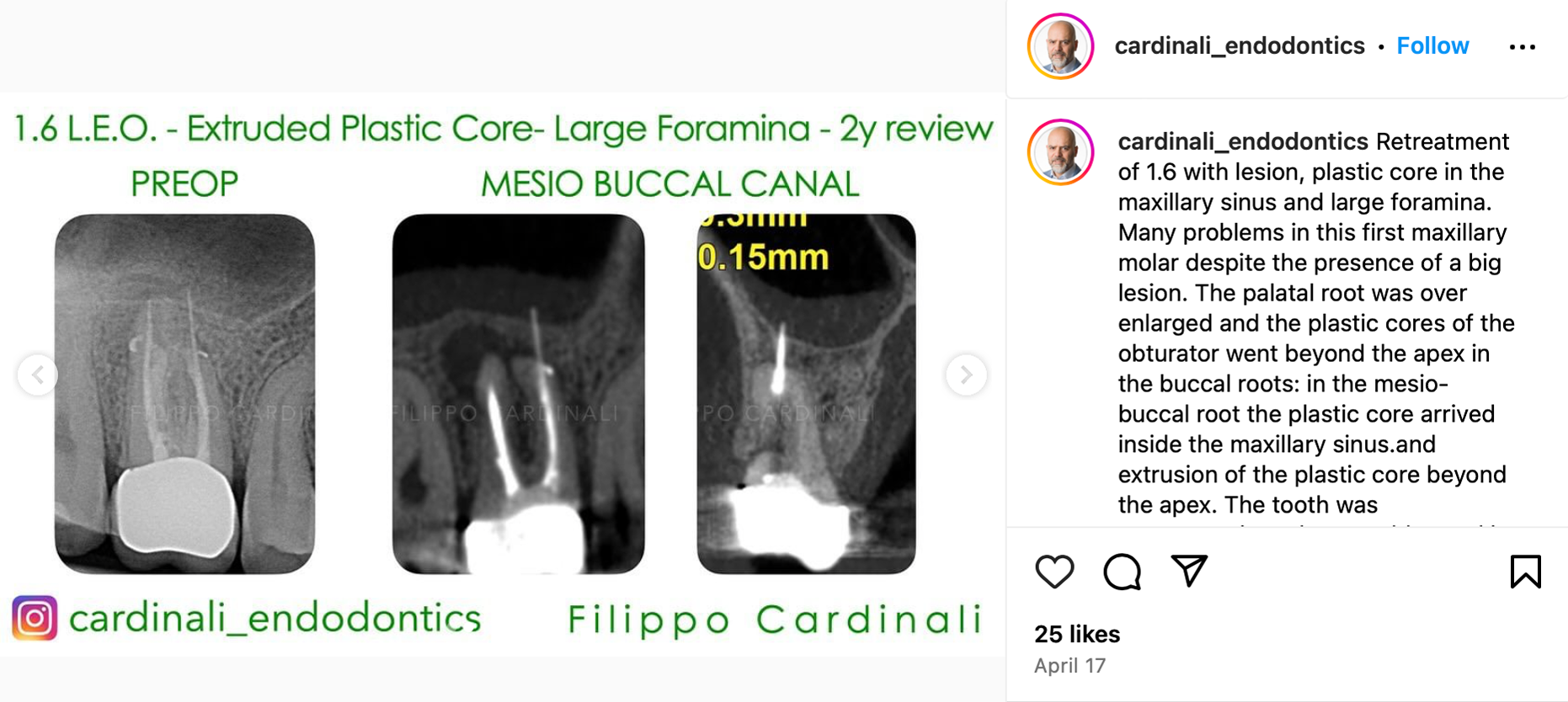
Clinical Cases
yasbetir1.xyz
winbet-bet.com
1kickbet1.com
1xbet-ir1.xyz
hattrickbet1.com
4shart.com
manotobet.net
hazaratir.com
takbetir2.xyz
1betcart.com
betforwardperir.xyz
betforward-shart.com
betforward.com.co
betforward.help
betfa.cam
2betboro.com
1xbete.org
1xbett.bet
romabet.cam
megapari.cam
mahbet.cam
وان ایکس بت
بت فوروارد
yasbetir1.xyz
winbet-bet.com
1kickbet1.com
1xbet-1xir.com
1xbet-ir1.xyz
hattrickbet1.com
4shart.com
manotobet.net
hazaratir.com
takbetir2.xyz
1betcart.com
betforwardperir.xyz
betforward-shart.com
betforward.com.co
betforward.help
betfa.cam
2betboro.com
1xbete.org
1xbett.bet
romabet.cam
megapari.cam
mahbet.cam
hentai anime sex von teenager auf xvix.eu
tovuti mtandaoni yenye picha za xx na ngono ya watu wa rangi tofauti kati ya mwanamume mweusi na mwanamke mweupe
tovuti bure mtandaoni na video za ngono amateur na hardcore ngono
ilmainen sivusto verkossa englanti hentai fetish seksivideolla ja intohimoisella pillua nuolemalla
สาวเอเชียออกเดทออนไลน์และร่วมเพศในป่าบนเว็บไซต์ลามกที่ดีที่สุด teensexonline.com
online site of dr doe porn video where the big tits doctor get fucked deep in mouth and pussy
most hardcore amateur interracial sex videos with women that get drilled deep in ass and pussy
tovuti mtandaoni yenye picha za xx na ngono ya watu wa rangi tofauti kati ya mwanamume mweusi na mwanamke mweupe
tovuti bure mtandaoni na video za ngono amateur na hardcore ngono
ilmainen sivusto verkossa englanti hentai fetish seksivideolla ja intohimoisella pillua nuolemalla
สาวเอเชียออกเดทออนไลน์และร่วมเพศในป่าบนเว็บไซต์ลามกที่ดีที่สุด teensexonline.com
online site of dr doe porn video where the big tits doctor get fucked deep in mouth and pussy
most hardcore amateur interracial sex videos with women that get drilled deep in ass and pussy
uluslararası eşya taşımacılığı
uluslararası eşya taşımacılığı
eşya depolama
yurtdışı kargo
uluslararası evden eve nakliyat istanbul
ev depolama
ev eşyası depolama
uluslararası ev taşıma
uluslararası evden eve nakliyat
uluslararası nakliyat
bursa escort
gorukle escort
ankara escort
akü servis akumyolda.comakücü akumyoldaakumyolda.comakumyolda.com akücü
ingilizceturkce.gen.tr
TranslateDict.com is a online platform that specializes in free translation, helping visitors to translate to English from a wide variety of languages.translatedicttranslatedict.com
Free Spanish to English translation services are available at spanishenglish.com to help you understand and communicate in both languages. spanishenglish.com






